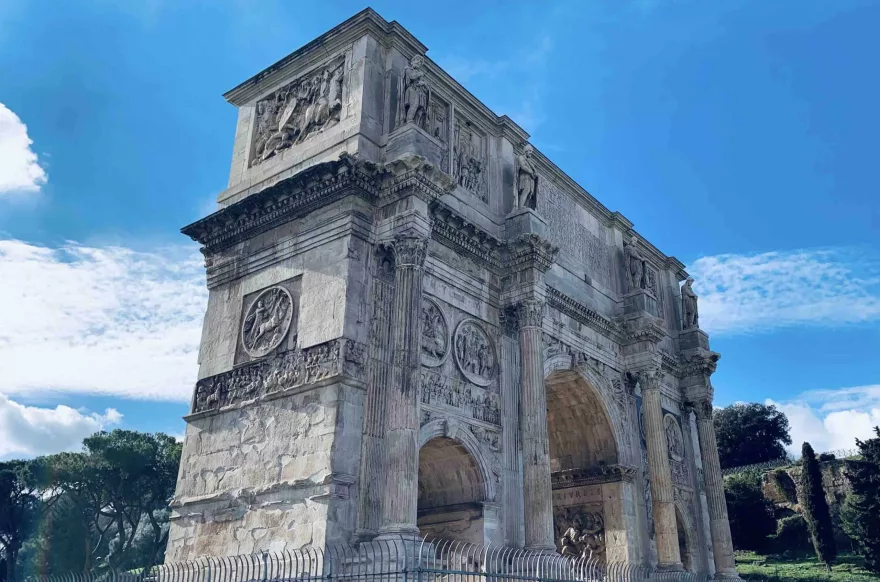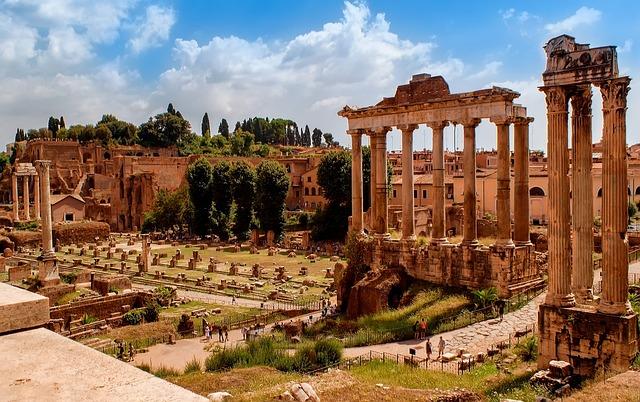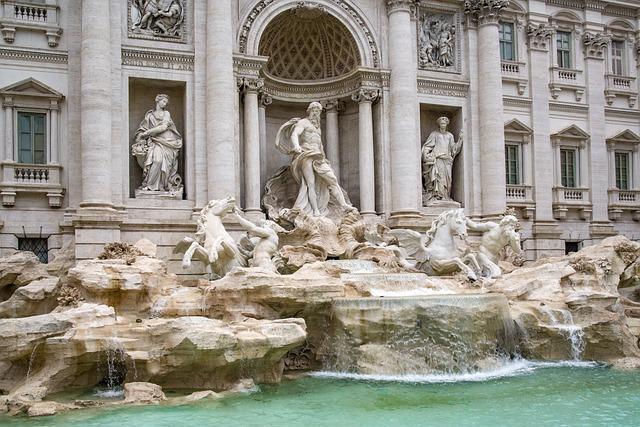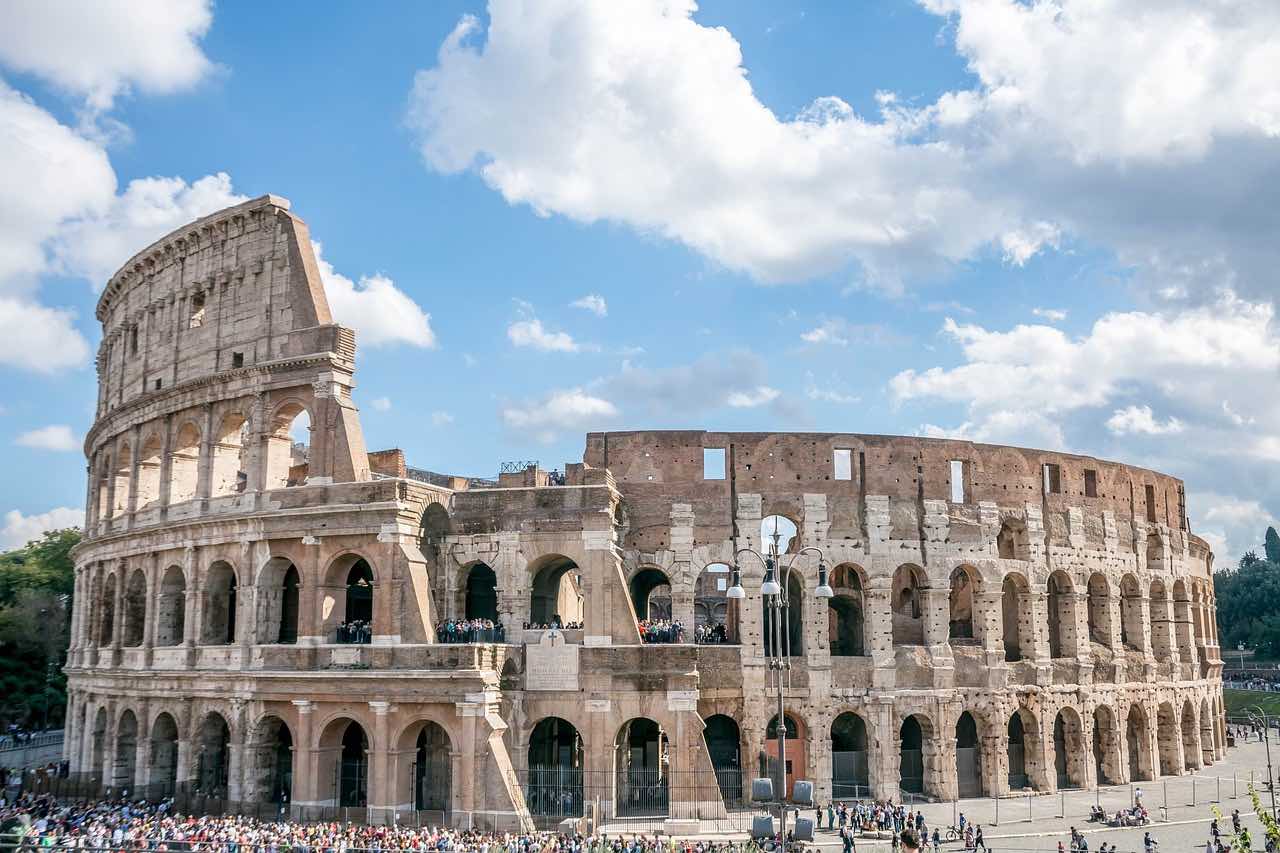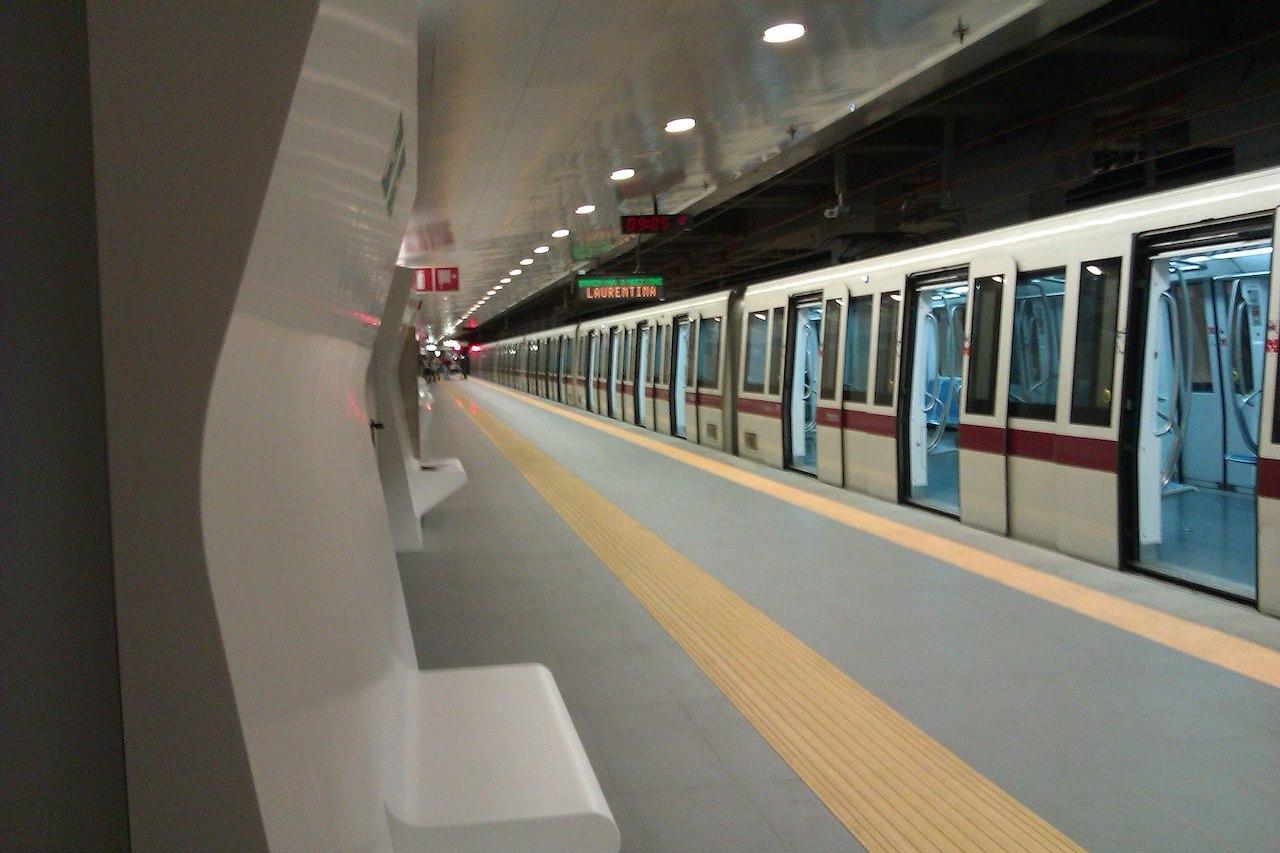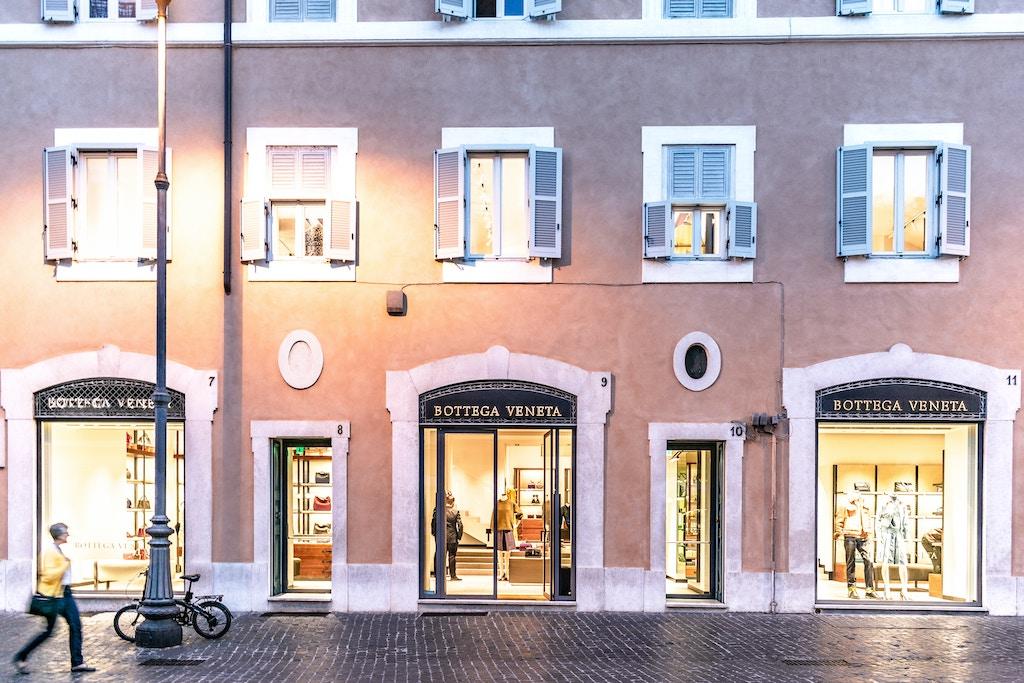Table of Contents
Rome Travel – DAY 1 – Ancient Rome
Take full time to discover the Colosseum before lunch.
Take time to admire the impressive architecture, and imagine what it must have been like to witness gladiatorial games and other spectacles in the amphitheater’s prime. Consider taking a guided tour to learn more about the Colosseum’s fascinating history and to gain a deeper understanding of its significance in ancient Rome. Check the Colosseum’s ticket office for private group tours which include access to areas of the Colosseum that are not open to the general public.
Then walking to the entrance of Palatine Hill via Via di San Gregorio. Be sure to visit the Flavian Palace and the preserved section of the Cryptoporticus tunnel. Afterward, head down to the Roman Forum where you can admire the coins fused to the pavement of Basilica Aemilia and the chequerboards on the steps of Basilica Julia. Afterward, take a stroll down Via dei Serpenti, which is lined with boutique shops, and continue your walk to Trajan’s Forum and Markets, an ancient Roman shopping complex. You will also find the Altar of the Fatherland nearby which is a monument to honor Victor Emmanuel II, the first king of a unified Italy.
In the evening, visit the Mouth of Truth and take photos.
Rome Travel – DAY 2 – Vatican City
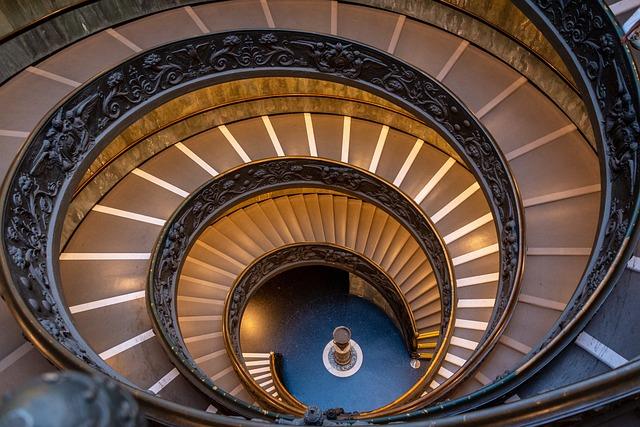
Most visitors allocate a full day to visit Vatican city. Pre-order tickets for the earliest time slot of Vatican Museums and Sistine Chapel. Make sure to allocate a few hours to explore the most notable highlights of the museum’s collections. The museum complex is vast. The Sistine Chapel is 20-30 minutes walk from the entrance. Marvel at the stunning frescoes and sculptures, including the iconic ceiling of the Sistine Chapel painted by Michelangelo.
Grab a quick lunch, then head to St. Peter’s Basilica in the afternoon. The grandeur of the world’s largest church is awe-inspiring, with its impressive dome, ornate decoration, and beautiful artwork. Take time to admire Michelangelo’s famous sculpture, La Pietà, and the grand altar surrounded by Bernini’s colonnades.
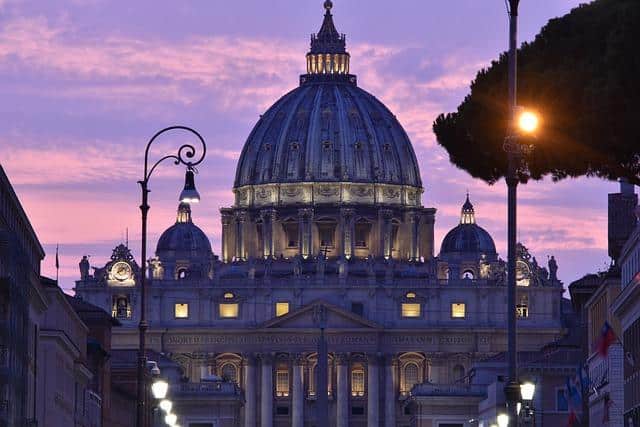
For an even more breathtaking view of Rome, climb up to the top of the dome. Note that the dome is open until 5pm October to March and 6pm April to September. The climb is steep, but the panoramic view of the city from the top is well worth it. Recommend to take the elevator for the first 320 steps to the roof and only have to climb the second 231 steps to the top of dome. From the dome, you can see landmarks such as the Colosseum and the Pantheon, as well as the beautiful Vatican Gardens.
In the evening, head to Castel Sant’Angelo for some stunning photos of the illuminated fortress and the city skyline. This historic fortress was once a papal residence and is now a museum. Take a leisurely walk around the castle and enjoy the beautiful views of Rome at night.
Rome Travel – DAY 3 – Historic Center
Start your morning with a walking tour of some of Rome’s most iconic landmarks, including the Spanish Steps, Trevi Fountain. Marvel at the beauty of the Spanish Steps, one of the city’s most popular meeting places, before making your way to the Trevi Fountain, a stunning Baroque masterpiece.
Next, head to the Pantheon, one of the best-preserved ancient Roman buildings in the city. Take time to admire the impressive dome, which is still considered a marvel of engineering today. Finally, stroll around Piazza Navona, which features three beautiful fountains and is surrounded by charming cafes and restaurants.
In the afternoon, take a visit to the Borghese Gallery, which is home to an impressive collection of art and sculptures. The gallery is located in a beautiful villa surrounded by gardens, providing a peaceful escape from the hustle and bustle of the city. Some of the highlights of the gallery include works by Caravaggio, Bernini, and Raphael, as well as ancient Roman and Greek sculptures.

